The Wettest Human-Occupied Place In The World: Meghalaya, India
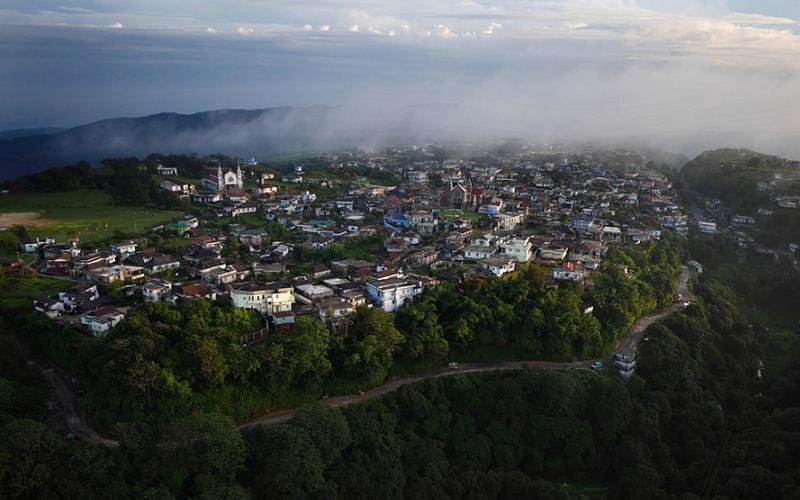
Source: Amos Chapple
Apart from some ocean basins, Meghalaya, India, is the wettest place on Earth. It averages 467 inches of annual precipitation, with an astounding 2,300 inches falling during the June monsoon. That’s 191 feet, which is 60 times Seattle’s annual rainfall total in a single month. This all happens because the warm, moist air of the monsoon flows over Bangladesh, strikes the Khasi hills above Meghalaya, and drops its moisture as rain all at once over a surprisingly small area. For comparison, imagine wringing a large storm cloud like a dishrag over your neighborhood 29 days a month all summer.
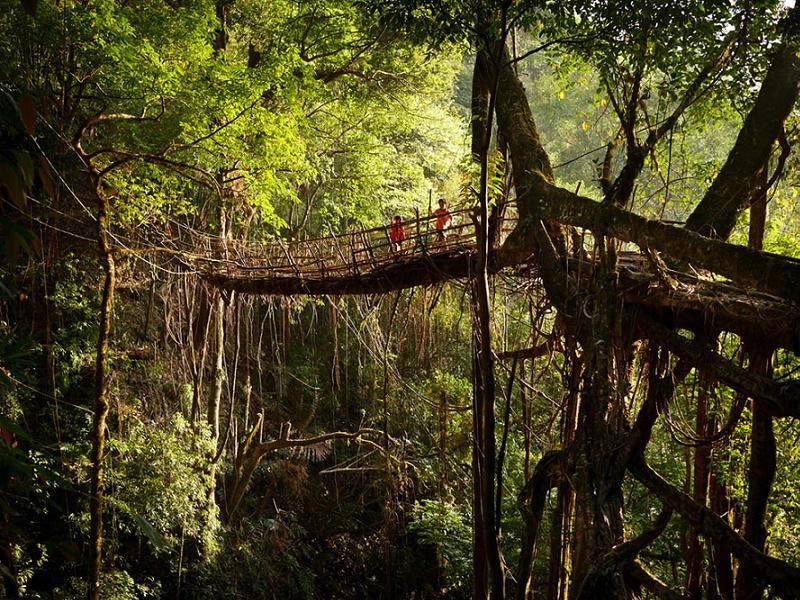
Source: Amos Chapple
Wooden structures rot pretty quickly in Meghalaya, which has moved the locals to build bridges and ladders out of the living roots of rubber trees. Once the bamboo scaffolding rots away, in about 6 to 8 years, the remaining structure will be strong enough for foot traffic and can last over 500 years.
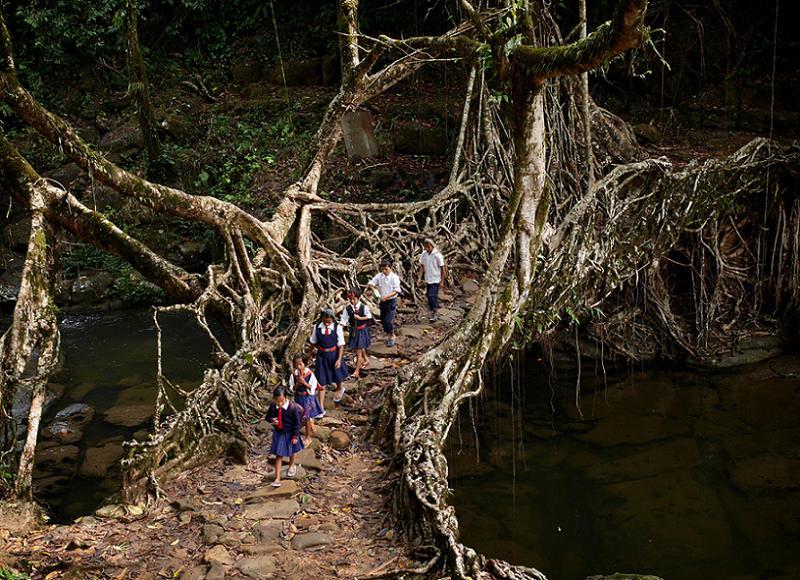
Source: Amos Chapple
The Windiest Human-Occupied Place In The World: Wellington, New Zealand
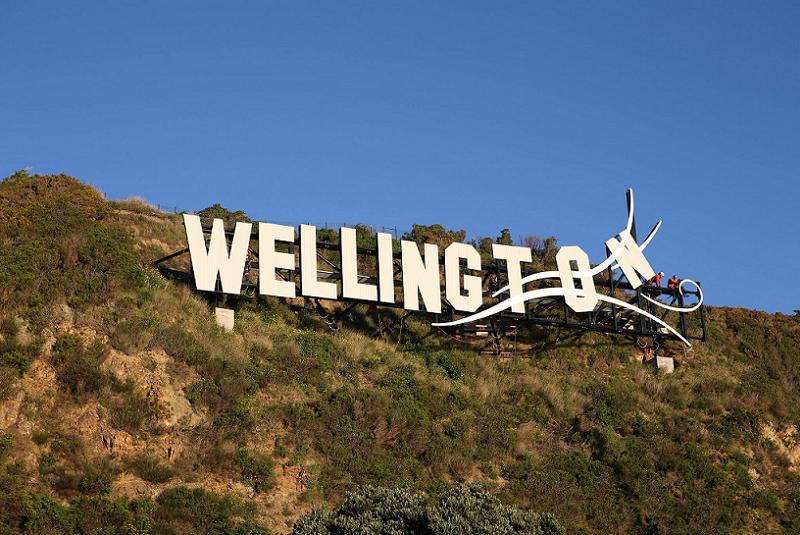
Source: The Land Of Shadow
There are windier places on Earth than Wellington, NZ, but most of them are inhabited by penguins. Wellington averages wind speeds of 29 kph, which is a full 11 kilometers an hour higher than Chicago’s average. During the windiest year on record, the city experienced gale-force winds on 233 out of 365 days, and gusts have gotten as high as 248 kph. In case you aren’t familiar with the metric system, that’s almost 822 rods per minute, or over 150 mph.
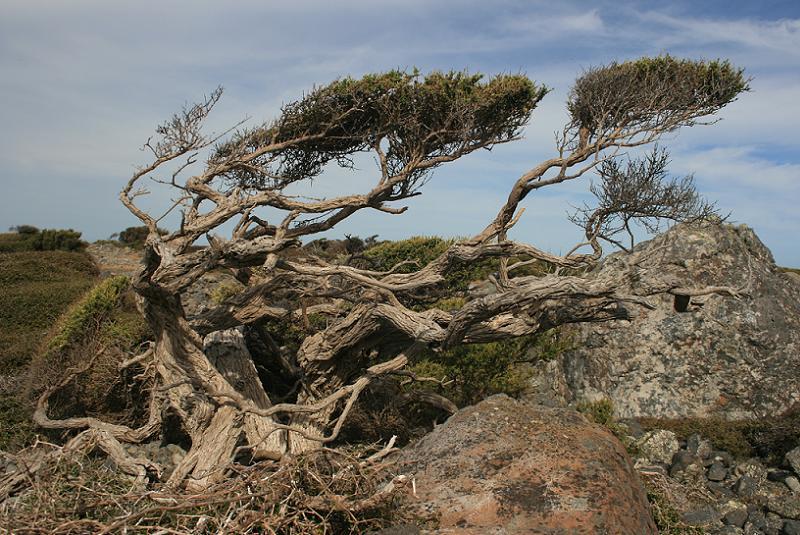
Source: WordPress
The Highest Human-Occupied Place In The World: La Rinconada, Peru
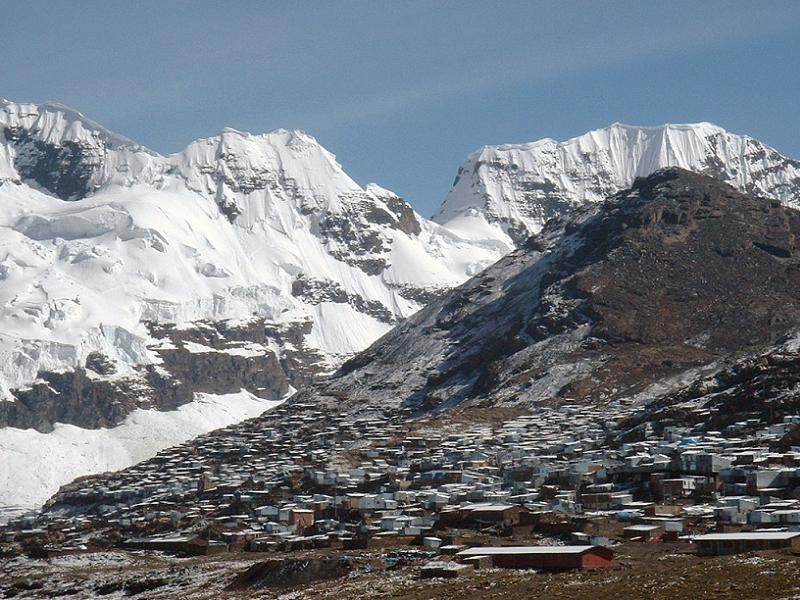
Source: Sometimes Interesting
La Rinconada, Peru, is the highest permanent human settlement. Over 30,000 people live here, at an altitude of over 16,700 feet, with half the Earth’s atmosphere beneath them. Of course, 30,000 people don’t just accidentally wind up three times higher than Denver deep in the Peruvian Andes, where the average temperature is just above freezing. The town is built around an absurdly profitable gold mine that has thrived as gold prices more than doubled from 2000 to 2014. None of that gets to the miners, of course. Rather than being paid wages, the mine workers are required to work 30 days a month without pay. On the 31st day, any ore they carry out is all theirs. Of course, the ore they carry out might not actually have any gold in it, but that’s their problem.
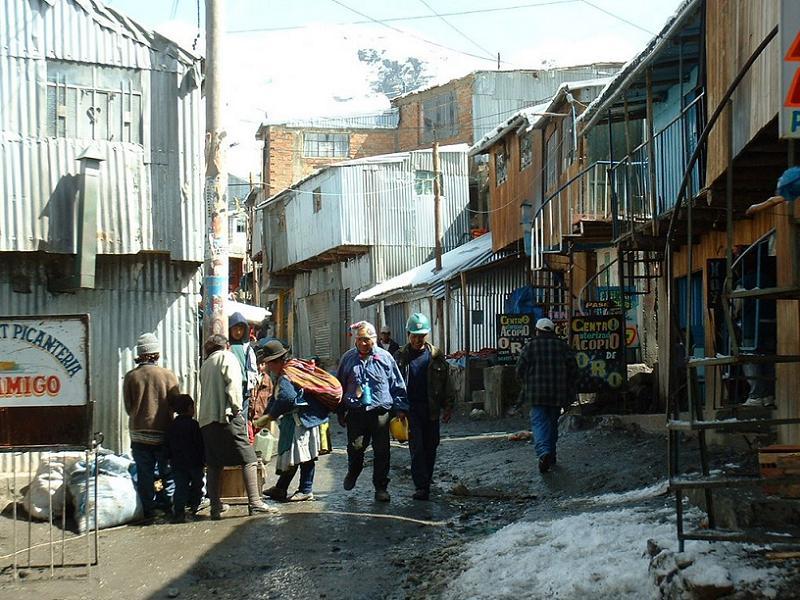
Source: Panoramio
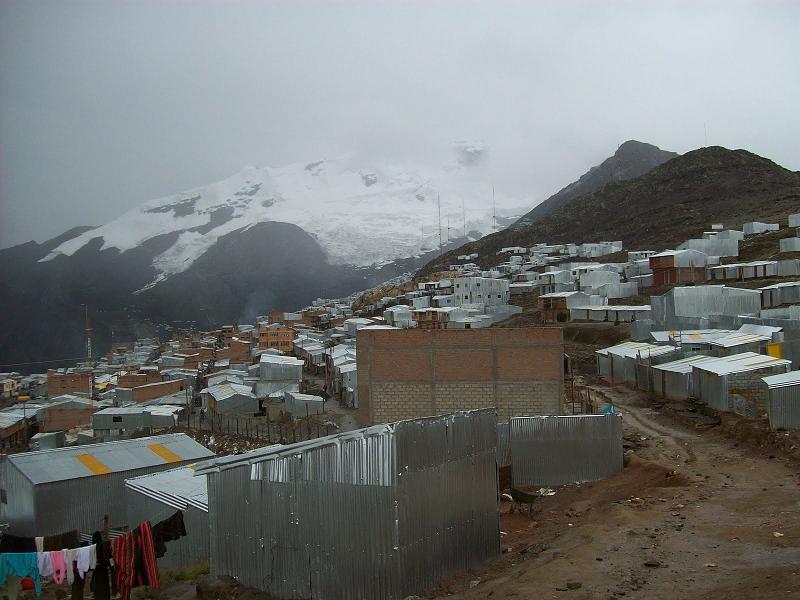
Source: Blogspot
The Lowest Human-Occupied Place In The World: Kibbutz Ein Gedi
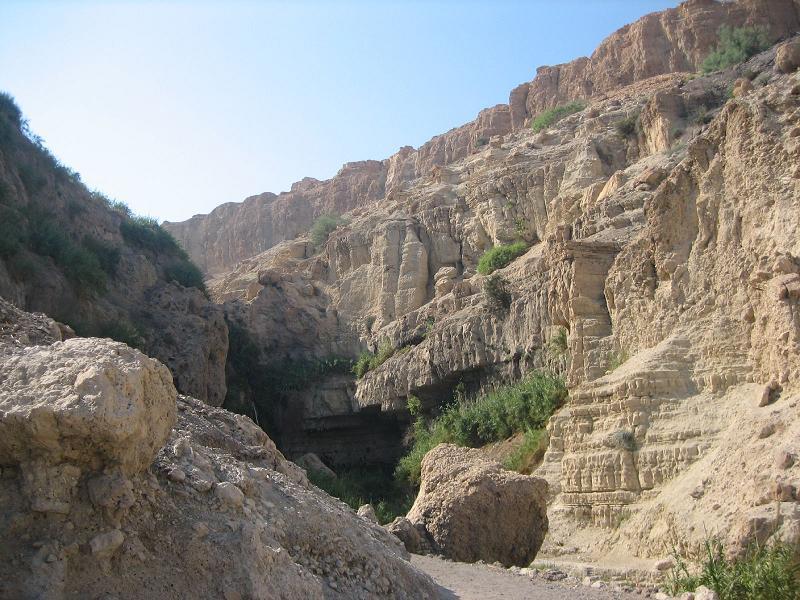
Source: Wikimedia Commons
Kibbutz Ein Gedi is, technically, the low point of human civilization. Occupying space adjacent to a nature preserve that runs from 200 meters below sea level down to the shore of the Dead Sea, at – 400 meters, Ein Gedi is as close to the Earth’s core as humans can get without an unobtanium hull. It’s surprising, therefore, to find the place so well tended. The modern settlement of Ein Gedi started off as one of those make-the-desert-bloom projects everyone was keen on in the 1940s, and today it hosts a kibbutz, botanical garden, and thriving (read: heavily subsidized) agricultural sector.
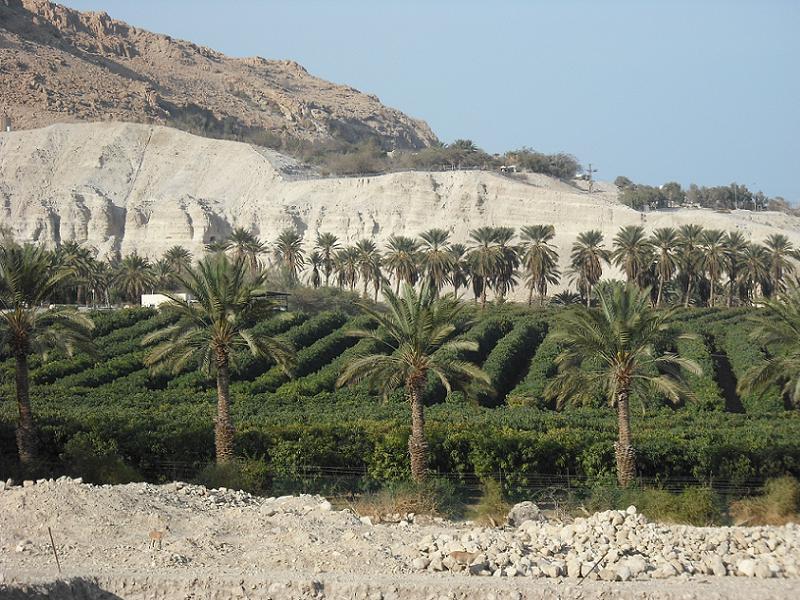
Source: Wikipedia
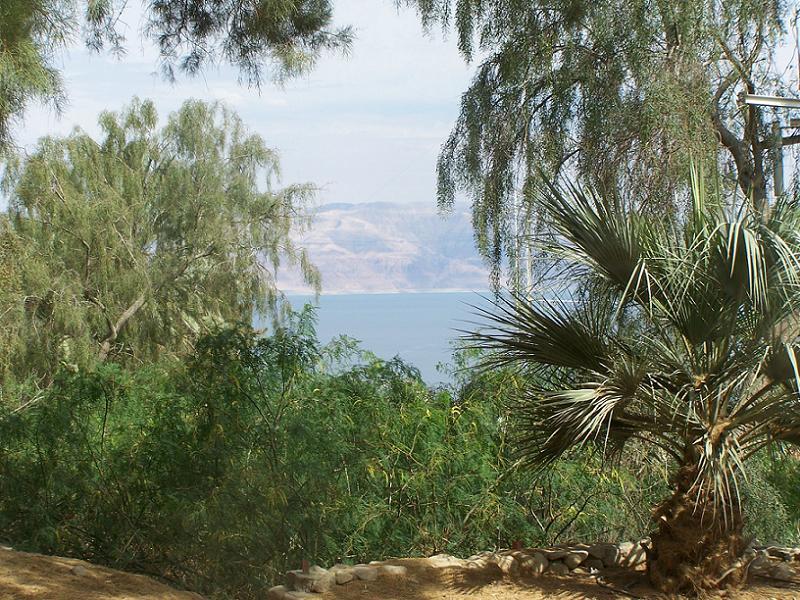
Source: Wikimedia
The shore of the Dead Sea sits somewhat deeper than most copper mines, and it’s in the desert belt besides, so it averages around 90 degrees in the summer with virtually no rain between April and October. So it’s like California, except the water in the Dead Sea will kill you if you drink it.
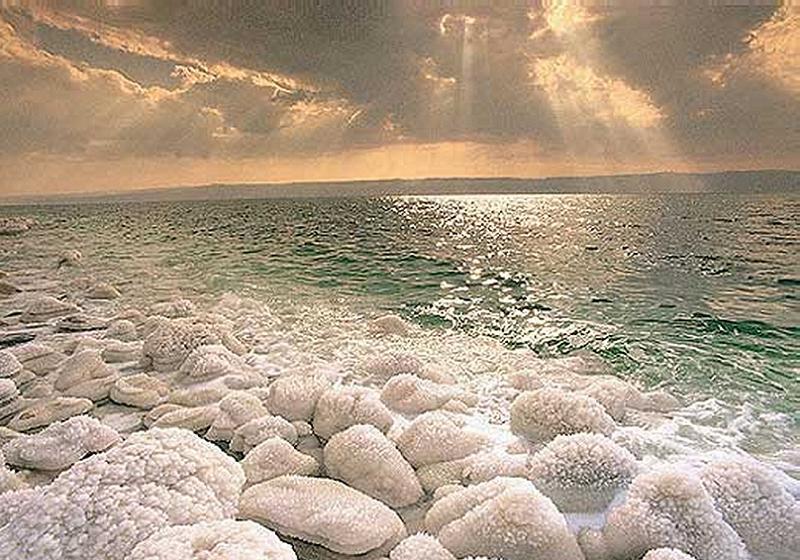
Source: Paradise In The World





